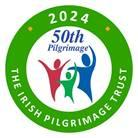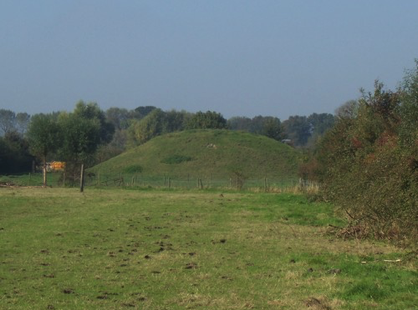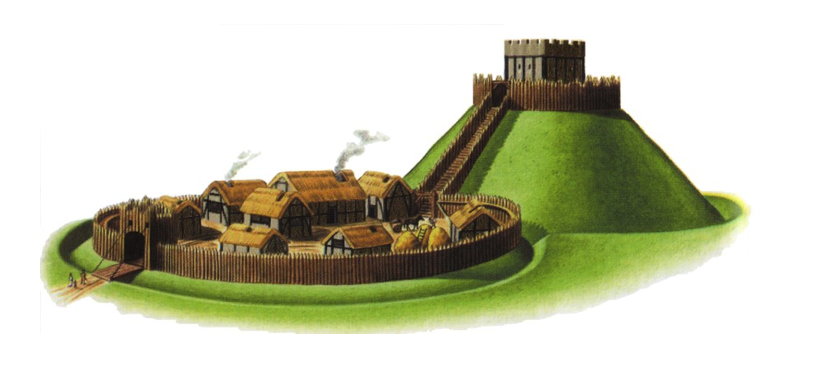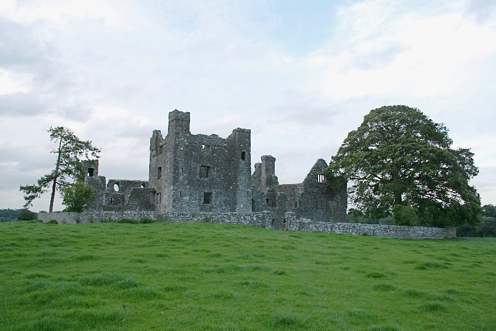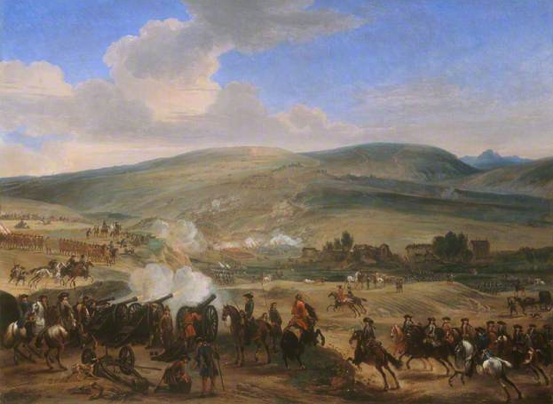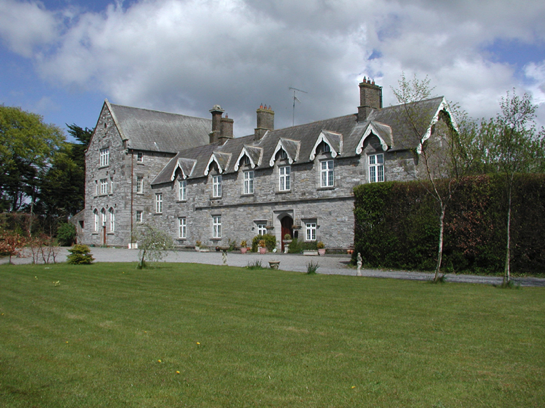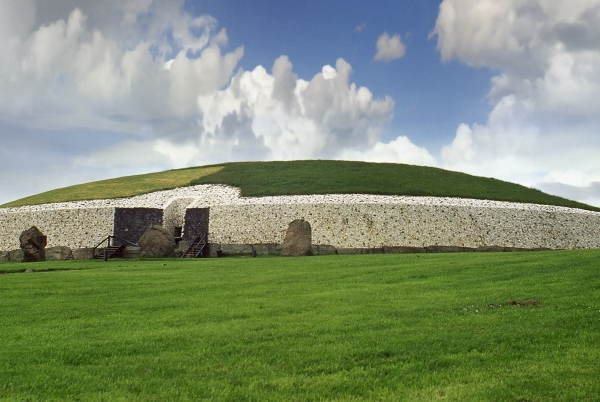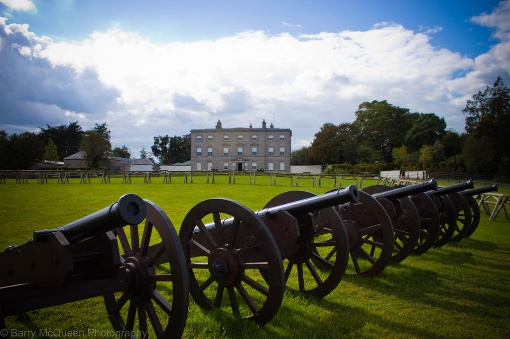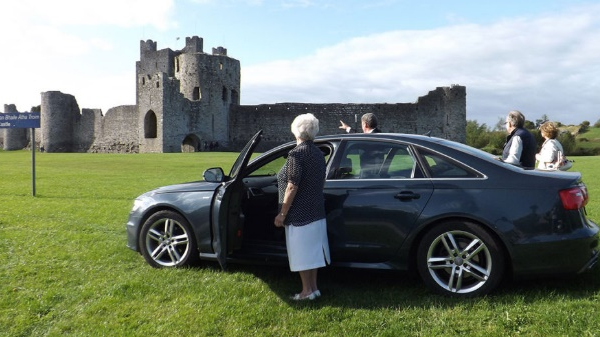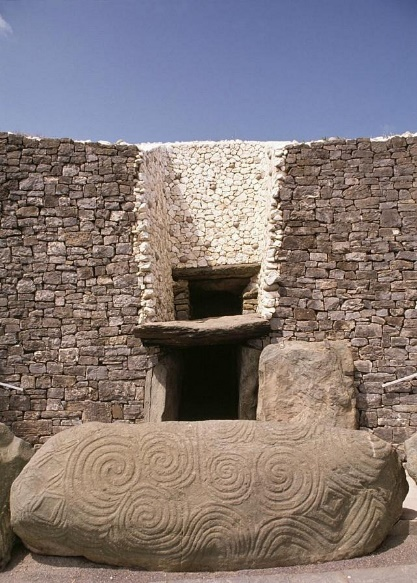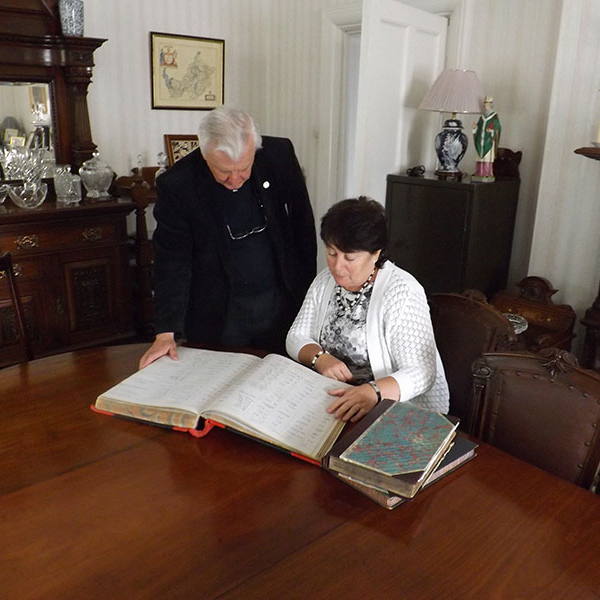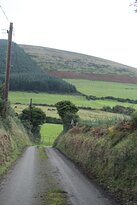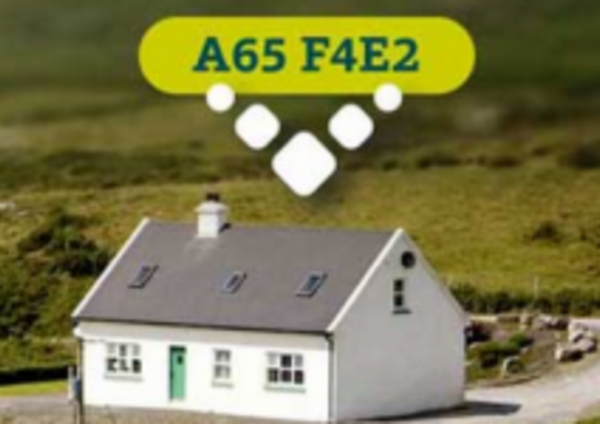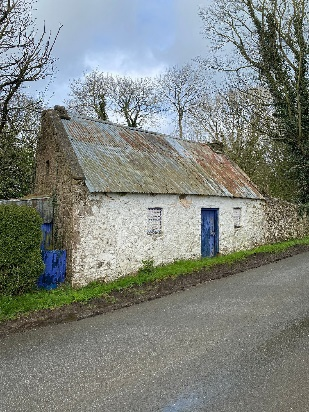9,000 Years History Day Tour
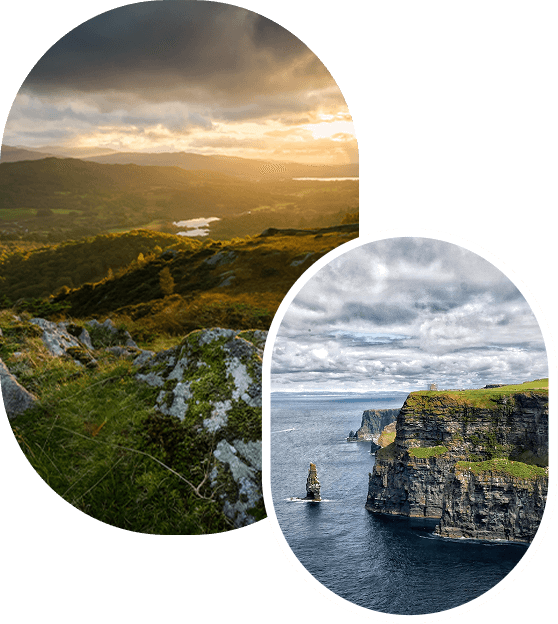

9,000 Years History Day Tour
Discover the heart of the destinations with our knowledgeable and experienced guides throughout Counties Meath & Louth.
The 9,000 years of Irelands History be part of the heritage & see it all one day.
One off the below will be included within the 9,000 Years History Day Tour:
- Newgrange
- Lough Crew Cairns
- Fourknocks.
All off the below will be included within the 9,000 Years History Day Tour:
- Stone Circle
- Raths and Hill Forts
- Hill off Tara & Mound of the Hostages
- Hill of Slane
- Monasterboice
- Kells Replica book and St Columba’s House
- Trim Medieval Town and Castle (Exterior view Last Tour 5pm)
- Bective Abbey
- Battle of the Boyne site
- Dunshaughlin Famine Workhouse (exterior view only)
- Dunshaughlin (Motte & Bailey 1169 AD)
- Famine Graveyard at Kells
- Llyod’s Spire, Kells.
This is a once in a life time Tour which encompasses most facets of Irish Life as your Ancestors knew from the Mesolithic era 7500 years BC to the Famine Period 1845-51 AD.
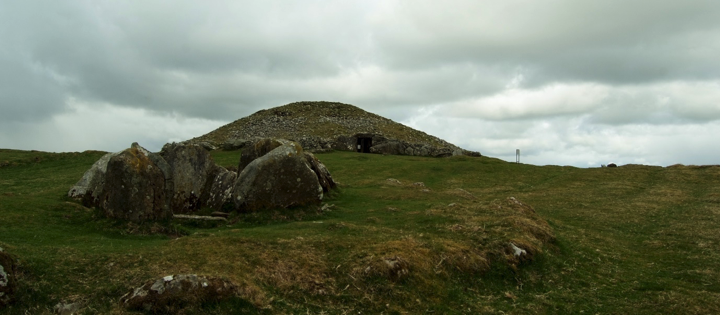
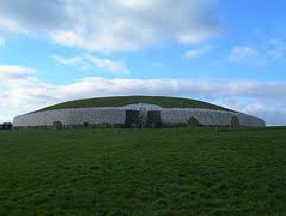
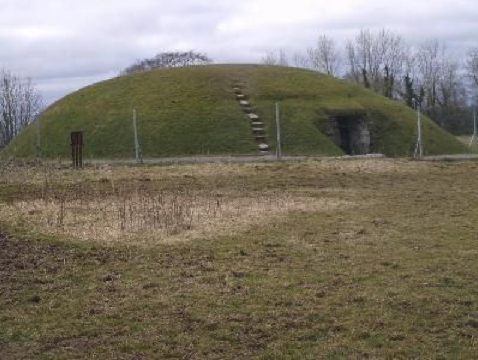
Irelands Neolithic Period 6,000 BC
The World UNESCO Megalithic Passage Tomb at Newgrange (Bru na Boinne) was built about 3200 BC. The kidney shaped mound covers an area of over one acre and is surrounded by 97 kerbstones, some of which are richly decorated with megalithic art. The passage and chamber are illuminated once a year on the 21st December at the Winter Solstice.
Megalithic mounds such as Newgrange entered Irish mythology as sídhe or fairy mounds. Your Genealogy experience of Ireland starts here when man finally decides to settle down and farm the rich agricultural land in Ireland.
In a landscape of inspiring beauty and intriguing history, the cairns at Loughcrew form the largest complex of passage graves in Ireland in fact is much older than the better known Newgrange.
The Cairns are megalithic structures originally built about 4000 BC as burial chambers. The cairns are in two groups; Carnbane West, about 15 cairns, including Cairn L which is roofed and contains superb symbolic carvings in good condition. This group is some 2km walk from the Car Park on gently sloping ground. Carnbane East includes Cairn T, also roofed and with excellent engravings, and is a shorter but steeper walk.
The Stone Circle is from the Bronze Age Period 2,500 years BC.
This is quite a unique experience to enter this 5000-year-old Chamber you will not be joining any groups this is a personalised journey for you organised by My Ireland Heritage.
Four Knocks from the Irish Fuair Cnocs meaning Cold Hills. These passage graves are decorated with abstract art and bear the first depiction of a human face found in prehistoric art in Ireland. Three earthen mounds were excavated by the National Museum in 1950-1952. One covered a passage grave to crucification plan, with decorated uprights and lintels resembling the Newgrange designs. The contents of this tomb were intact and so the results were of immense importance and value to students of the megalithic period in Ireland and the world. The contents found were of great importance with fragmentary human remains representing dozens of bodies of all ages and sexes. These were accompanied by grave offerings (stone beads and miniature hammer pendants, bone pins etc.) in the three side chambers.
We arrange a personal private viewing of Four Knocks for My Ireland Family Heritage Clients
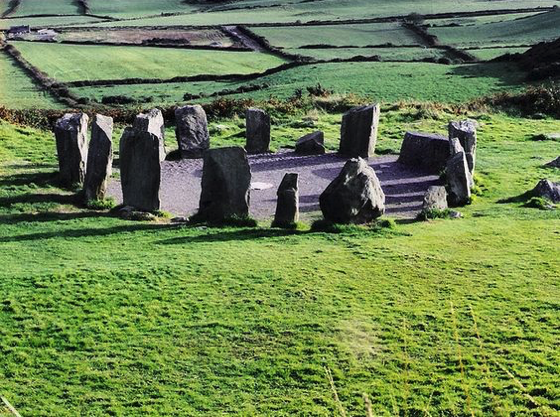
Irelands Bronze Age 2,500 BC- 500 BC
A stone circle is a monument of standing stones arranged in a circle. Such monuments have been constructed in many parts of the world throughout history for many different reasons outside of Europe.
The best known tradition of stone circle construction occurred across Ireland in the Late Neolithic and Early Bronze Age, with many examples still surviving to this day, including famous examples Newgrange and Loughcrew.
The size and number of the stones varies from example to example, and the circle shape can be an ellipse to include a large slab in the middle of the configuration.
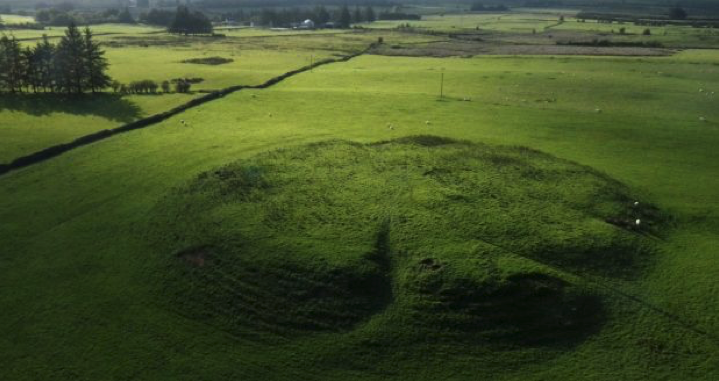
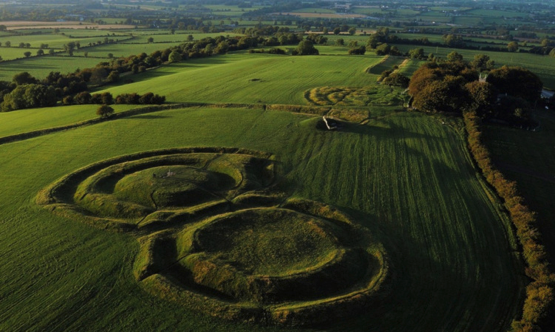
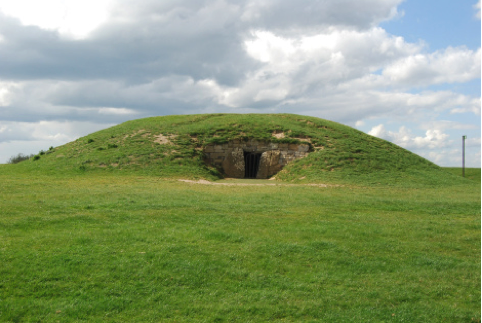
Irelands Iron Age 500 BC-500 AD
There were over 47,000 Hillforts built in Ireland from the Iron Age. In a time when Wolves and Bears roamed Ireland they were used to protect a family and some livestock. On our 9,000 years History Tour we are in a position to point out several too you as we travel off the beaten track around County Meath and around Ireland
A hillfort or hill fort is a type of earthworks used as a fortified refuge or defended settlement, located to exploit a rise in elevation for defensive advantage. They are typically European and of the Bronze and Iron Ages. Some were used in the post-Roman period. The fortification usually follows the contours of a hill, consisting of one or more lines of earthworks, with stockades or defensive walls, and external ditches. Hill forts developed in the Late Bronze and Early Iron Age, roughly the start of the first millennium BC, and were in use in many Celtic areas of central and western Europe until the Roman conquest which did not take place in Ireland.
We arrange a private viewing of a Hill Fort for our Clients
The Hill of Tara is an ancient Neolithic Age site in County Meath, Ireland and the home of the High Kings of Ireland. The oldest monument at the site is the Mound of the Hostages, a Neolithic passage tomb, dating from c. 3200 BCE. The ring forts and other enclosures, such as the Banquet Hall, date from the Iron Age. The Lia Fail (stone of destiny), by which the ancient kings were inaugurated, still stands on the hill. The site is also associated with the Tuatha De Danaan, the pre-Celtic peoples of Ireland.
The oldest monument at the site is the Mound of the Hostages, a Neolithic passage tomb, dating from c. 3200 BCE. Mound of Hostages was named because it was a neutral and where the symbolic exchange of hostages could take place. The alignment allows for the rising sun to shine down the passageway at only two times of the year, illuminating the chamber within. on the mornings of Samhain and Imbolc, at the beginning of November and February, respectively
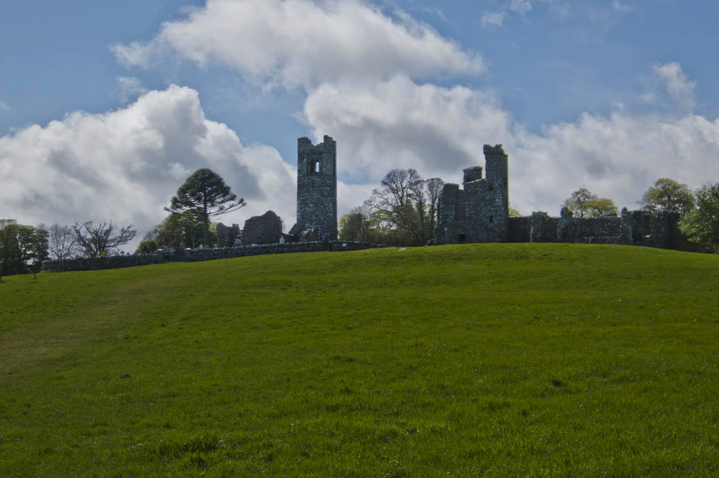
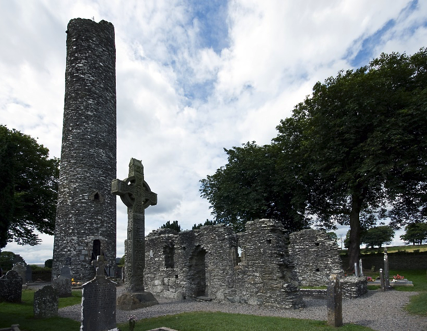
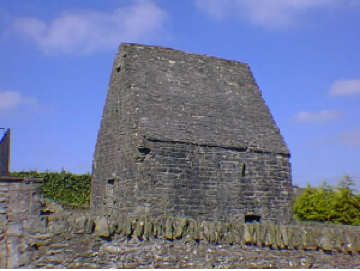
The Early Medieval & Christian Period 400 AD- 900 AD
The great Festivals of pagan Ireland were announced by a bonfire on the hill which would have been seen for many miles in every direction. Here St Patrick lit the Pascal Fire 433 AD in Defiance of the High King of Tara King Laoghaire. The King eventually gave Patrick permission to convert the Irish People to Christianity.
The historic ruins of Monasterboice are of an early Christian settlement in County Louth in Ireland, north of Drogheda. It was founded in the late 5th century by Saint Buithe.The site houses two churches built in the 13th century and an earlier round tower, but it is most famous for its 10th century high crosses. The High Cross of Muiredach is regarded as the finest high cross in the whole of Ireland and features biblical carvings of both the Old and New Testaments of the Bible. It also features the Highest Cross in Ireland at 7 meters Tall.
Also seen is a Bullaun Stone associated with St. Aid Bishop of Killare in 6th-century. At Saint Aid’s birth his head had hit a stone, leaving a hole in which collected rainwater that cured all ailments, thus identifying it with the Irish tradition of Bullaun stones. Finally, a pre-Christian Grave is also seen with the Grave stone remarkably preserved.
St Columba’s Church and Grounds mark the original site of the Monastery of Kells. St. Columba’s Church stands on one of the most important Church sites in County Meath The ‘Annals of Ulster’ for the year 804CE show that the Columban community on the island of Iona transferred to Kells which then became the principal Irish Columban monastery and it was here that The Great Book of Kells was completed.
We arrange a private viewing of St Columba’s Church for My Ireland Family Heritage Clients
Medieval Period 900 AD – 1300 AD
One of Ireland’s Heritage towns, Trim is situated on the River Boyne. The town is dominated by the Medieval Trim Castle, which was built by Hugh de Lacy in 1173. The largest Norman castle in Europe, it is now restored and visitors can access the 75ft square keep and grounds by guided tour. Sections of the epic film Braveheart were filmed here. Also in the Town the Oldest unaltered Bridge in Ireland & The Oldest Anglican Ruins in Ireland.
An Archaeology excavation is currently taking place at the Town of Trim (Black Abbey) period 1264 AD access is given but is recommended that this should be seen only if you are staying in the Heritage Town of Trim overnight.
Medieval Period 900 AD – 1300 AD
One of Ireland’s Heritage towns, Trim is situated on the River Boyne. The town is dominated by the Medieval Trim Castle, which was built by Hugh de Lacy in 1173. The largest Norman castle in Europe, it is now restored and visitors can access the 75ft square keep and grounds by guided tour. Sections of the epic film Braveheart were filmed here. Also in the Town the Oldest unaltered Bridge in Ireland & The Oldest Anglican Ruins in Ireland.
An Archaeology excavation is currently taking place at the Town of Trim (Black Abbey) period 1264 AD access is given but is recommended that this should be seen only if you are staying in the Heritage Town of Trim overnight.
On Our 9,000 Year Tour we will show you a Motte from the Period 1169 AD at one of two places Navan or Dunshaughlin. The Bailey no longer exists at this pertiod in Irish history. Prior to Castle Building such as Trim Castle the Normans built a structure known as a Motte and Bailey as follows:
Medieval Period 900 AD – 1700 AD
Bective Abbey is a Cistercian abbey on the River Boyne, County Meath, Ireland. The abbey founded by Murchad O’Maeil-Sheachlainn in 1147 as a ‘daughter house’ of Mellifont Abbey.Although nothing remains except old ruins and walls, it is in a remarkable state of preservation.
Marquess of Headfort is a title in the Peerage of Ireland. It was created in 1700s for Thomas Taylour, 2nd Earl of Bective. Despite the official title, the family unfailingly use the alternative rendering Marquis of Headfort.
At Kells, the first Earl of Bective erected the Spire of Lloyd, a mock lighthouse, in 1791 in memory of his father Sir Thomas Taylor. It is the only inland lighthouse in Ireland (not accessible) and it gives panoramic views of five which you can see on this Tour.
Late medieval 1600 AD
The Battle of the Boyne was a battle in 1690 between the Catholic King James II and the Protestant King William III of England and II of Scotland battle took place at the River Boyne near the town of Drogheda on the east coast of Ireland, and resulted in a victory for King William. This turned the tide in King James’s failed attempt to regain the British crown and ultimately aided in ensuring the continued Protestant Ascendancy in Ireland. Learn how this one action reflected on your Ancestors’ Lives in Ireland. Painting by The Battle of the Boyne, 12 July 1690 Jan Wyck (1645–1700)
Please Note that this part of the Tour will encompass a Drive by off Drogheda Town. First Town to be Sacked and burnt by Oliver Cromwell in 1649. Possible sites which you may see Barbican Gate (largest in the British Isles). The Black abbey ruin 1232 AD. The Drogheda Town walls.
We also visit the Heritage Centre for the Battle of the Boyne.
Famine Period 1845 – 1851 AD
Bective Abbey is a Cistercian abbey on the River Boyne, County Meath, Ireland. The abbey founded by Murchad O’Maeil-Sheachlainn in 1147 as a ‘daughter house’ of Mellifont Abbey.Although nothing remains except old ruins and walls, it is in a remarkable state of preservation.
Marquess of Headfort is a title in the Peerage of Ireland. It was created in 1700s for Thomas Taylour, 2nd Earl of Bective. Despite the official title, the family unfailingly use the alternative rendering Marquis of Headfort.
At Kells, the first Earl of Bective erected the Spire of Lloyd, a mock lighthouse, in 1791 in memory of his father Sir Thomas Taylor. It is the only inland lighthouse in Ireland (not accessible) and it gives panoramic views of five which you can see on this Tour.
A Poignant reminder of the Famine period when over a million-people lost their lives and nearly 2 million emigrated. Most Famine graveyards in Ireland are attached to what was the Famine workhouse. They may in some cases be close to a Town which is the situation when we visit Kells Graveyard above. All graveyards have some marker but no names, lists or headstones exist in memory of the people who rest there.
On our Tour we will visit this poignant spot for reflection should you wish to remember those went before us. It is possible to visit the Famine Graveyard at Dunshaughlin which is at the rear of the Workhouse but please note that accessibility is not always possible.


